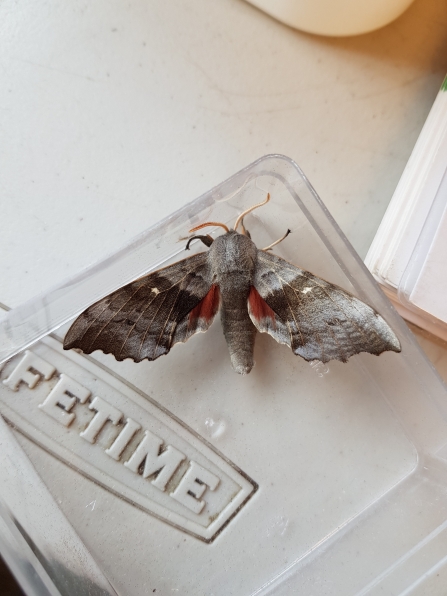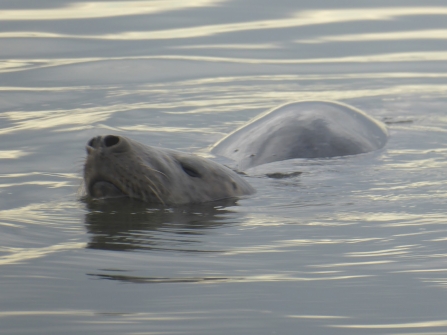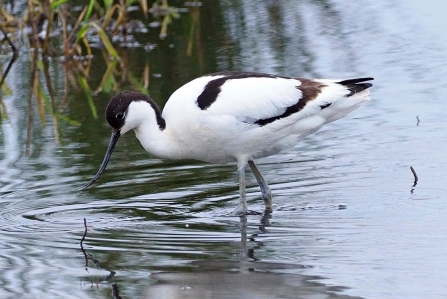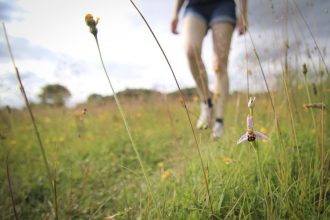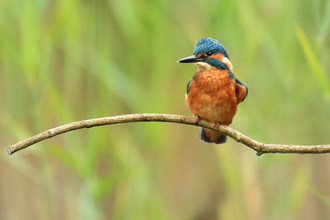There is so much to see right across our region at the moment, so take a look at our latest wildlife sightings for June and plan your next outdoor adventure.
Brockholes Nature Reserve
It’s been all go at Brockholes, especially in the insect world. Our visitors have spotted:
- Rosemary beetle
- Alder beetle
- Banded demoiselle
- Mining bees
- Bumble bees
- Wasp beetle
- Ladybirds
- Weevils
- Golden-bloomed grey longhorn beetle (wow!)
- Snipe fly (a fierce predator of other insects)
- Ghost moth
- Burnet moths
Most excitingly, the white-letter hairstreak hunt has begun! These lovely little butterflies are on the wing for just a few weeks each year, so if you want to see one, head to Brockholes ASAP.
Brockholes is also a fantastic place to see birds at the moment. Sedge warblers, oystercatchers, willow warblers and little ringed plovers are all enjoying the reserve, and hobbies have been seen hunting over Boilton Marsh. Ospreys were spotted fishing in the pools, kingfishers have been showing well, and we’ve also had large numbers of swifts hunting over the pools, which is amazing news given their national decline.


